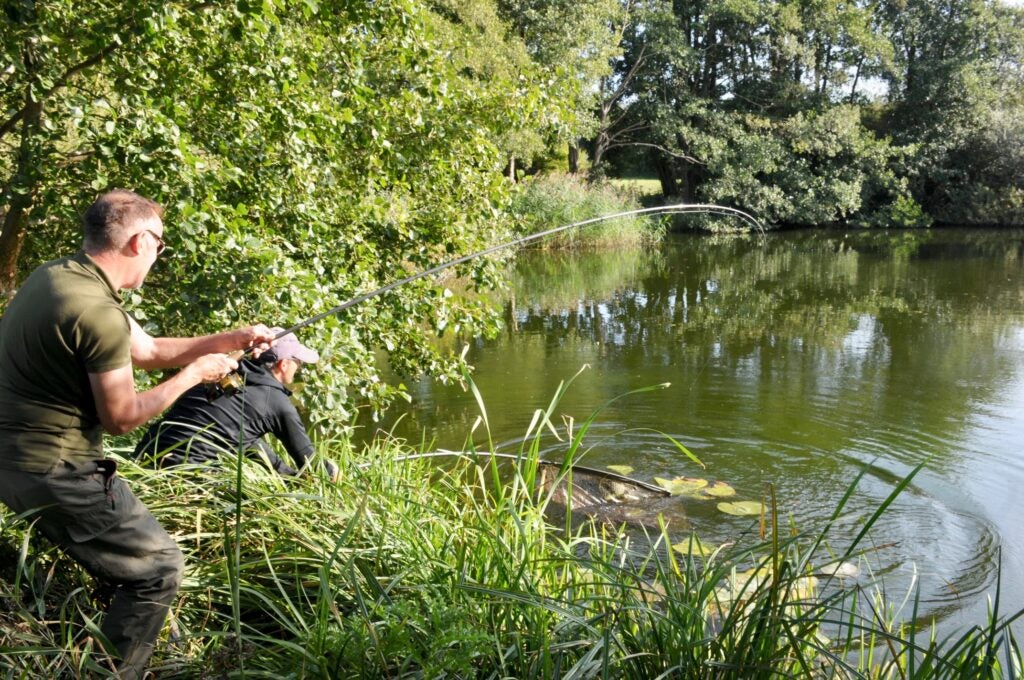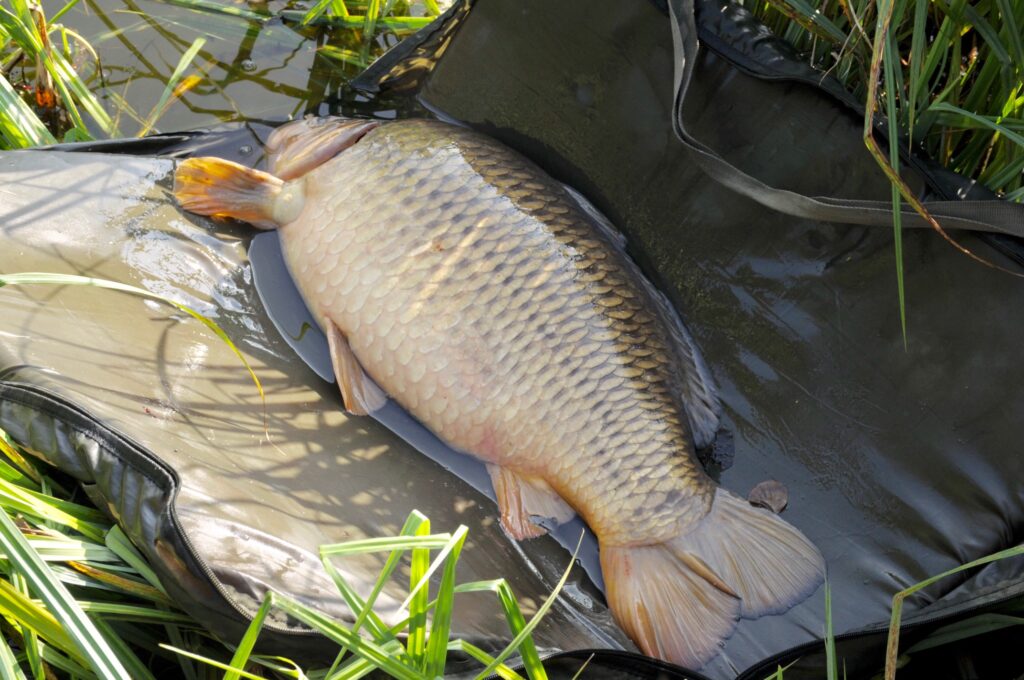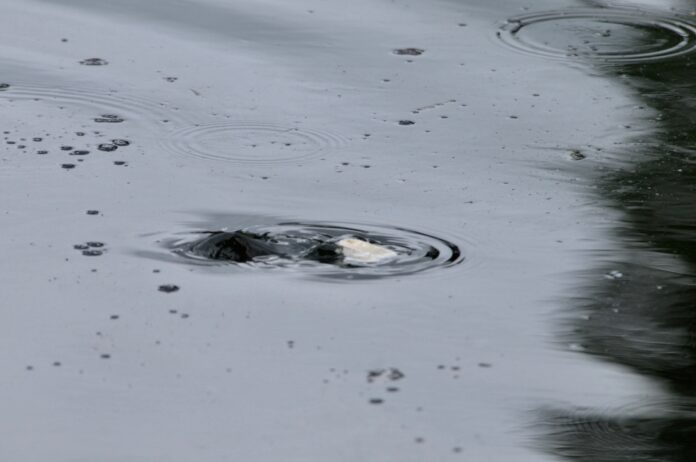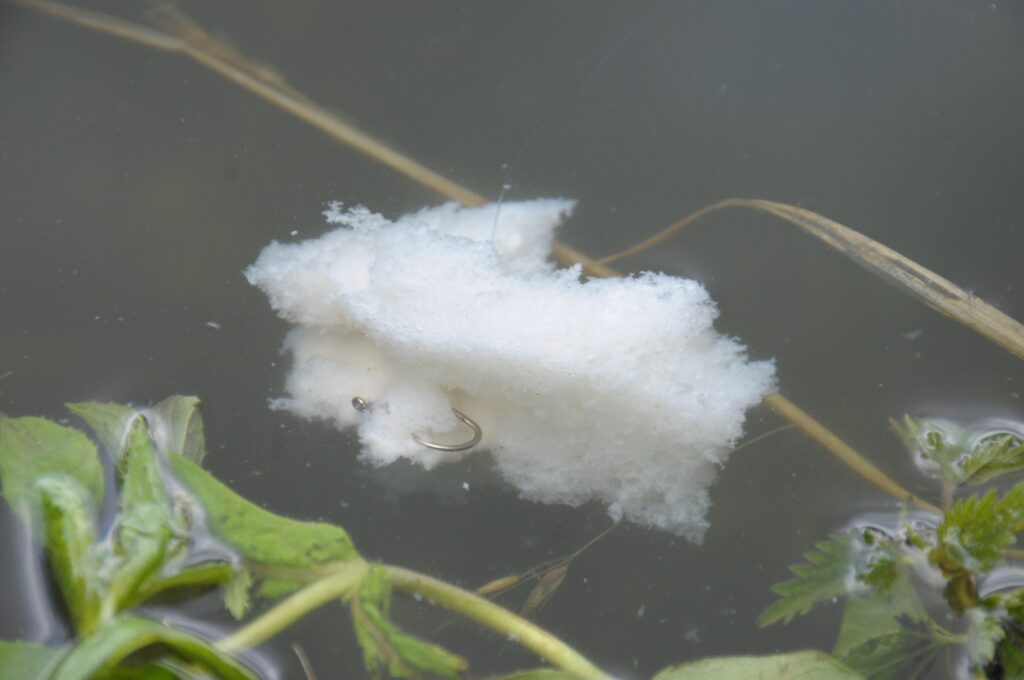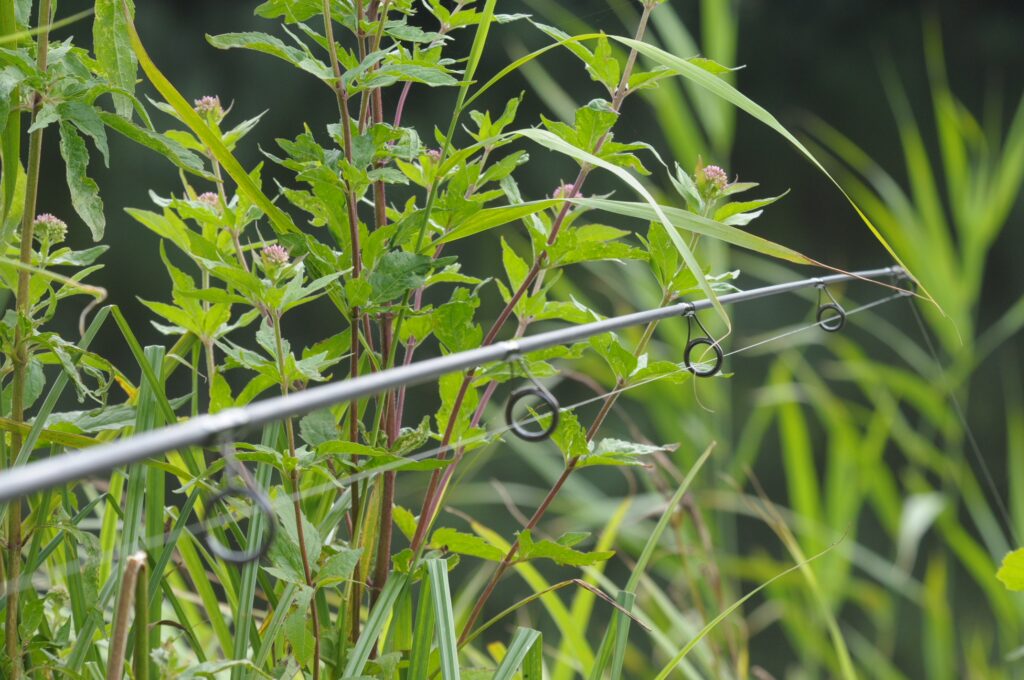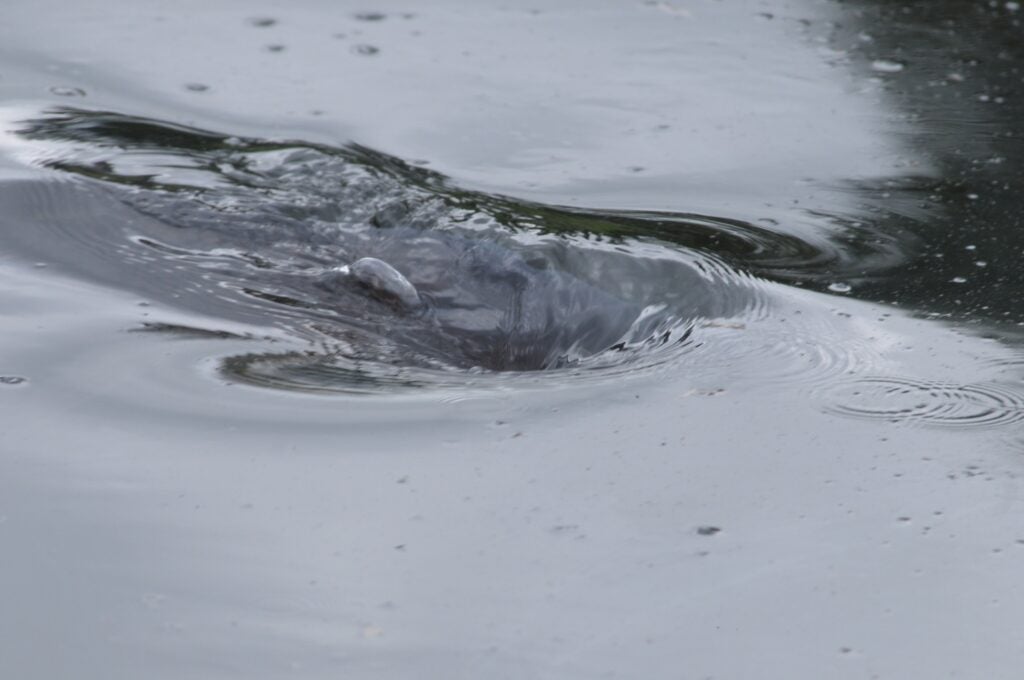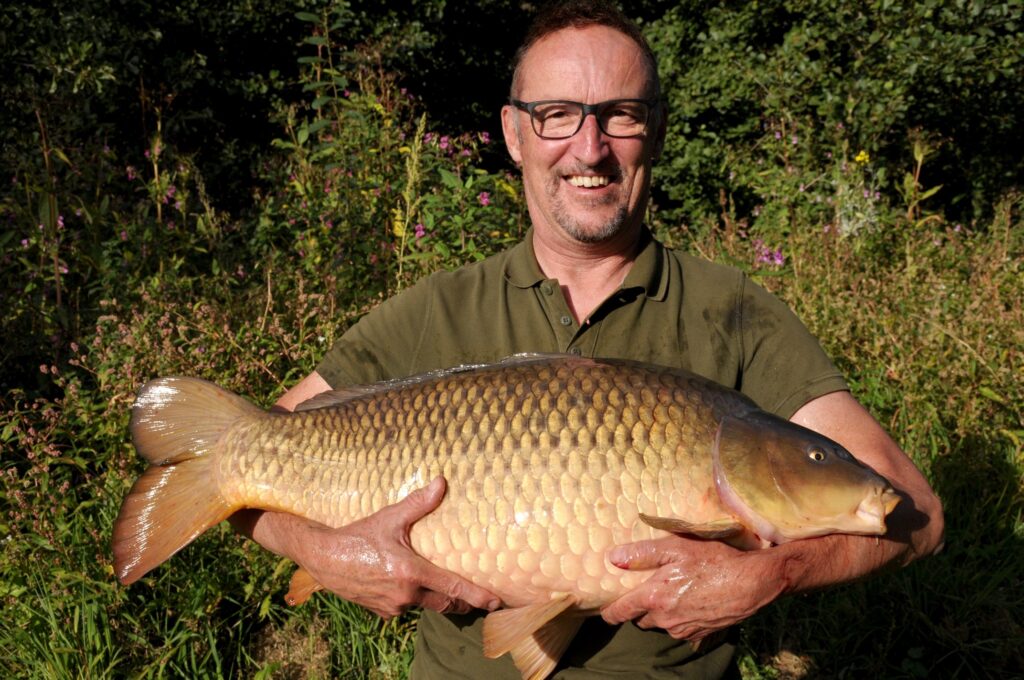SURFACE STEALTH
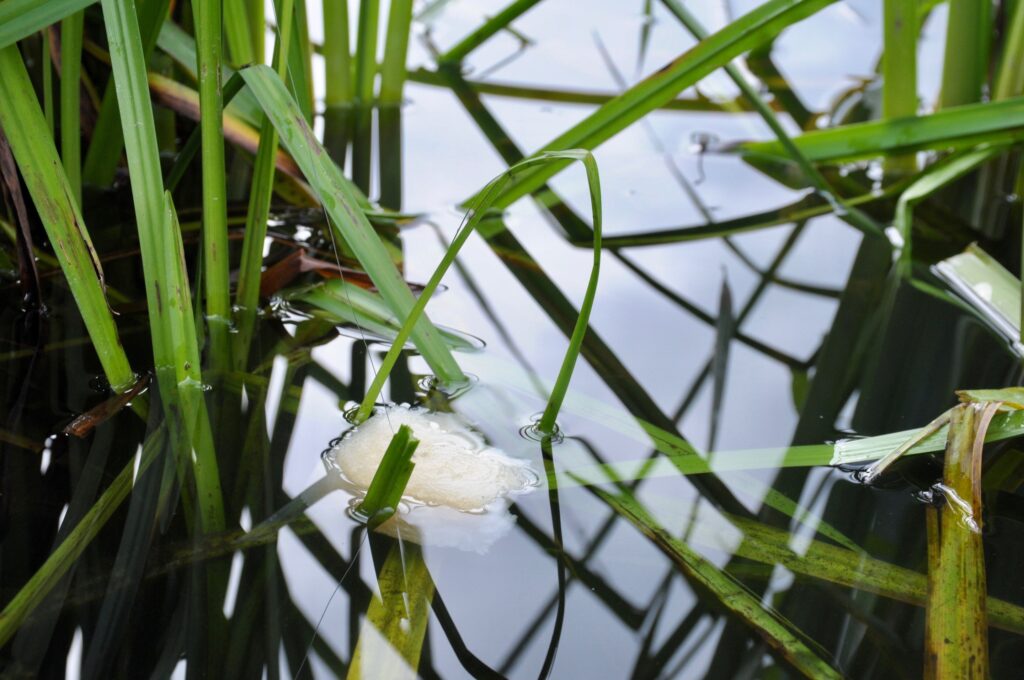

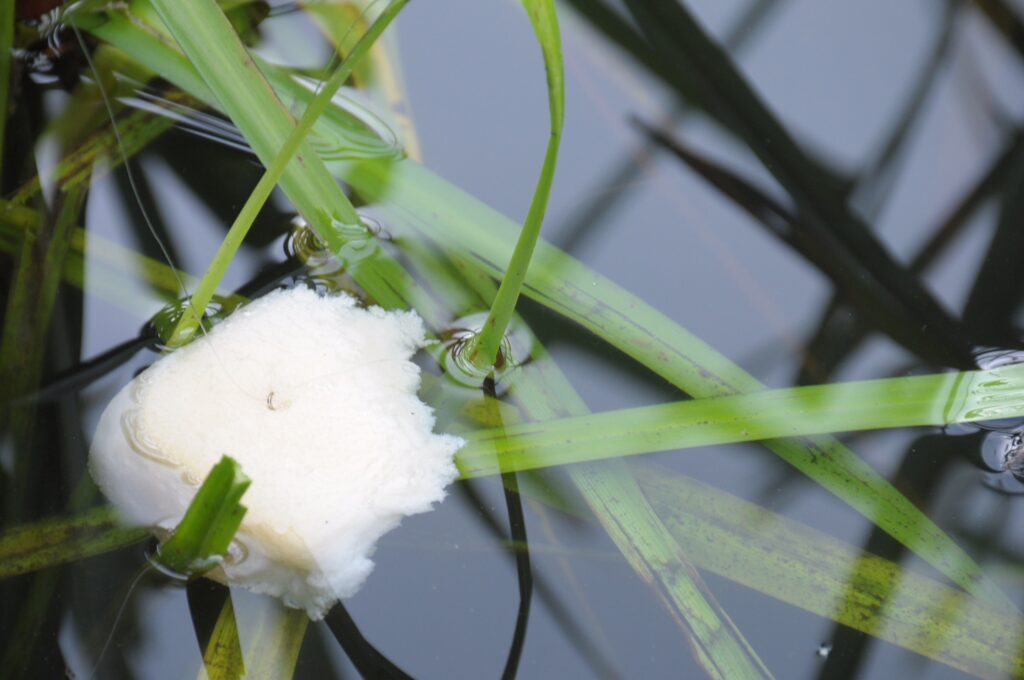

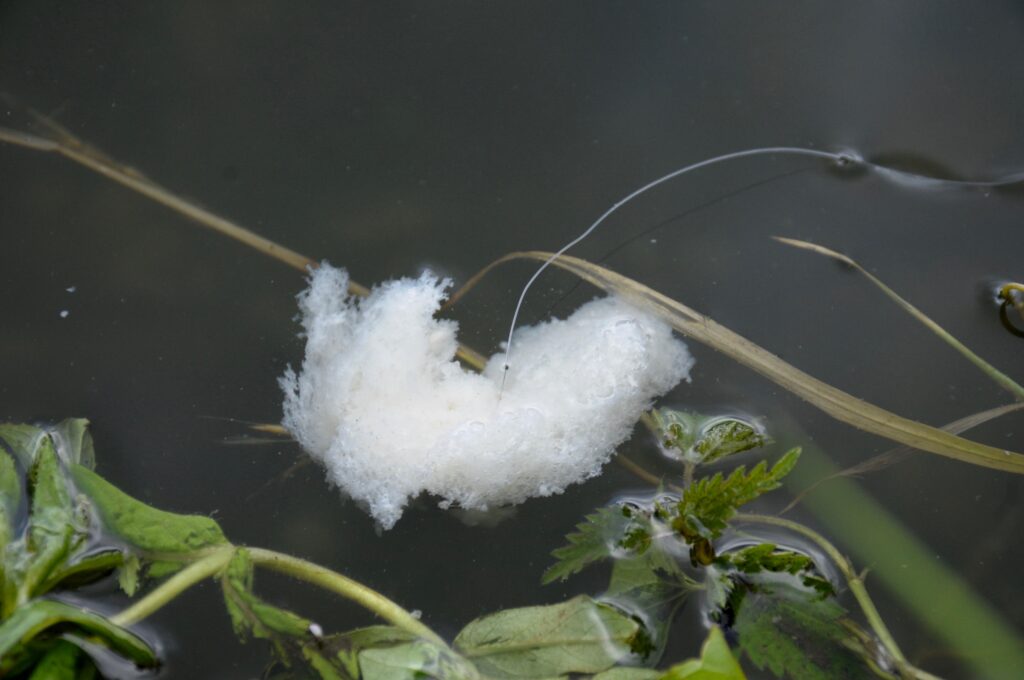

At long last, long after the tension has become unbearable, the water a hand’s breadth out from the reed fringe appears to hump and the lips of a carp, a big one, break the surface. Your crust has been out there so long, it disappears like soup into the mouth of the fish and is gone. The line to it tightens and begins to snake out. You strike into a volcano of fury that breaks the silence of the past two hours. This is it. What carping is all about at its rawest and most visceral. Our sport does not get better.
In common with all the pieces in this short series, I’m not talking easy, prolific waters where droves of six pound fish lap up dog biscuits. My focus is on big waters where the bivvy brigade go, but where there are still opportunities for the ‘Dolly’, the 9 ’till 5er.
To achieve 20, 30, even 40 pound carp on waters that are like this, the key is observation, observation, and more observation. Weed fringes. Lilies. Tree fringes. Small, sheltered, overlooked bays. Fallen bushes a rod’s length out. Pockets of water forgotten about, overlooked, and nearly always unfished.
The key is time. Time taken to watch each area of promise for an hour, a morning, a whole day. Confidence plays its part. You must believe that there is a fish there close, or in the vicinity, that will feed if you trickle in bait, and let the fish force the pace. This is not a time to be chasing. You need to sit back, keep low, and let the fish decide.
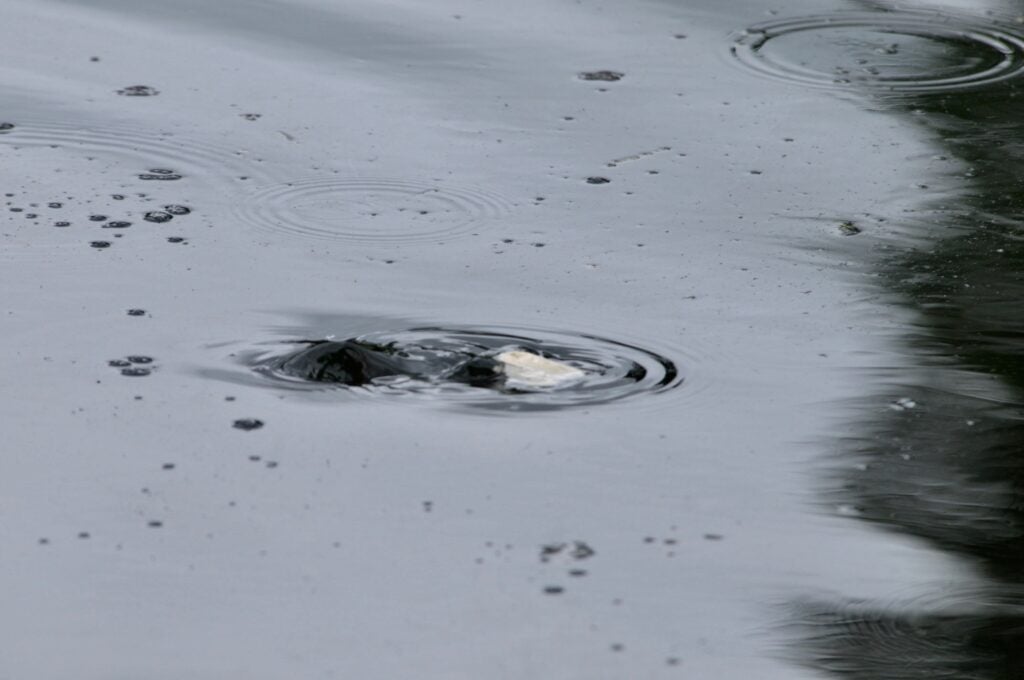

You see, or sense, a fish. The usual pointers. A twitching reed. A scatter of bubbles. A stain on the water. A branch that rises, then falls as a big body pushes past. Floaters can do it, but nothing in my experience beats the versatility of bread. Carefully put out perhaps half a dozen pieces of all shapes and sizes. They’ll drift into snags and hold there, absorbing water, getting more attractive as the minutes merge into hours. Small fish pecking at the bread do nothing but good. At some stage their activity will flick a switch, turn a big carp into a feeding machine.
A carp DOES emerge, seemingly from nowhere. A piece of bread is nuzzled, pushed around and eventually, with obvious suspicion, sucked down. You still take your time. Put out another couple of freebies and sit on your hands. It seems the carp has taken fright and moved on, but he has not. Thirty minutes on, he’s back for another piece. Fifteen minutes later, a third piece goes, and now is the time to think about putting your own crust onto a hook.
I like to push the hook through the bait so the hook bend breaks the crusty bit. I wrap the line around the crust a couple of times, lay it under the bend, and then pull the hook back so that the bait is a nicely wrapped parcel that will remain intact an hour or more. Then I think where exactly to place it so the drift will push it into a taking, safe area. The longer my bait is in the zone, the greater my chance becomes. The bread gets ever more soft and appealing. The line sinks and merges into the scum around it. There’s no sound or commotion, and the confidence of the fish grows. The betting slowly swings from against, to evens, to odds-on, as the minutes pass. Don’t fidget. Keep calm. Don’t rush and fluff the strike. Assert control once the fish is hooked. Be brave and trust your gear.
One cast and one fish will more than do if the carp is 25 golden pounds and the fight is white-knuckle start to finish. You’ll wonder why you ever bought those buzzers and that bivvy, when short sessions can be as pulsating as this.
